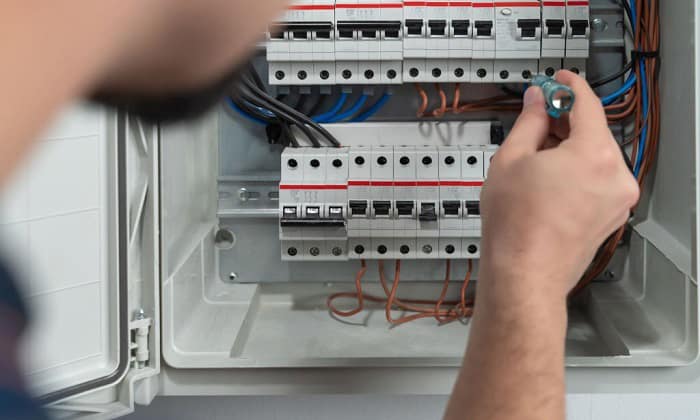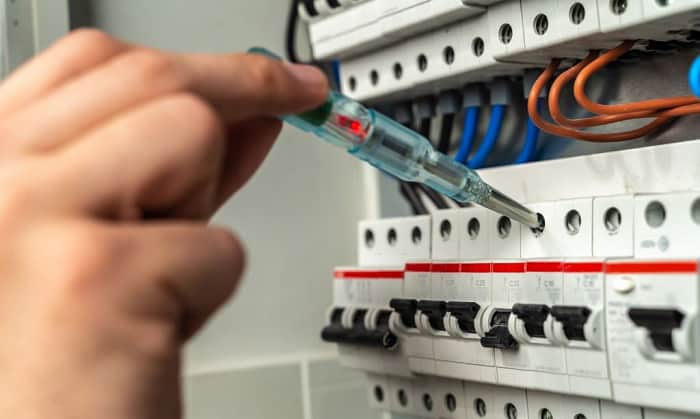Table of Contents
An inverse time circuit breaker is a device that protects your branch circuit’s motors. It acts as protection from electronic problems such as short circuits and overloads. However, it is not enough to know what is an inverse time circuit breaker to safeguard the motor on your branch circuit.
You should also understand how it works and consider NEC safety standards for proper application. Reading the entirety of this article will also give you knowledge on instantaneous trip circuit breakers.
What Is the Inverse Time and Instantaneous Trip Circuit Breaker
These two circuit breakers are primarily used to safeguard motors. Both types of circuit breakers have customizable settings where you can freely set the tripping settings, as well as non-adjustable designs. However, each circuit breaker has a different trip function appropriate for different applications.
1. Inverse Time Breaker
Inverse time circuit breakers are also known as thermal-magnetic circuit breakers. Their reaction for tripping depends on the current flow of their circuit. This type’s thermal characteristic dictates some time must pass before the breaker reacts to a low level of excess amperage.
On the other hand, due to its magnetic characteristics, it reacts fast to a sudden increase of current flows such as a short circuit. It means that the higher the current runs through the circuit is, the faster it reacts. This type of circuit breaker is primarily found in residential and some huge establishments using high current loads.
Inverse time circuit breaker sizing is essential when setting up the proper overcurrent protection for a branch circuit. You can look for the inverse time circuit breaker chart 430.52 to size the maximum rating of your branch circuit.
Specifically, the NEC states that the allowable inverse time circuit breaker must be sized to 250 percent of the motor Full Load Amps or FLA.
Some popular brands of these breakers are the Siemens inverse time circuit breaker and the Square D inverse time circuit breaker. Moreover, these brands are not only the leading manufacturers of the inverse time circuit breaker but also for other circuit breaker types.
2. Instantaneous Trip Breaker
The instantaneous trip type of breaker does not have a thermal function. It only has a magnetic function that reacts to instantaneous currents, such as a short circuit. Its purpose is to safeguard all motor circuits when a sudden short circuit occurs.
These circuit breakers are primarily installed in more significant commercial or industrial buildings, which use mainly higher loads. The NEC states that the allowable rating of these breakers must be a maximum size of 800 percent of the motor Full Load Amps or FLA (if the motor is not a design E model).
Like the inverse time circuit breakers, the Square D by Schneider is also the leading manufacturer of the instantaneous trip type of circuit breaker.
If you want to know more about the different types of circuit breakers, including their functions, this video by Electrician U will surely help you. He discusses all the circuit breaker types that are currently used nowadays.
Conclusion
One thing you want to secure is your device motor on your branch circuit. The only thing you need for that is to use an inverse time circuit breaker. However, you should know ‘what is an inverse time circuit breaker?’ and its sizing first to be able to have a proper installation.
Having read this article, you now know the function of inverse and instantaneous types of circuit breakers. But if you have any questions, you can leave remarks in the comment box below, and we will try to tackle them in future articles.

I am Edwin Jones, in charge of designing content for Galvinpower. I aspire to use my experiences in marketing to create reliable and necessary information to help our readers. It has been fun to work with Andrew and apply his incredible knowledge to our content.


